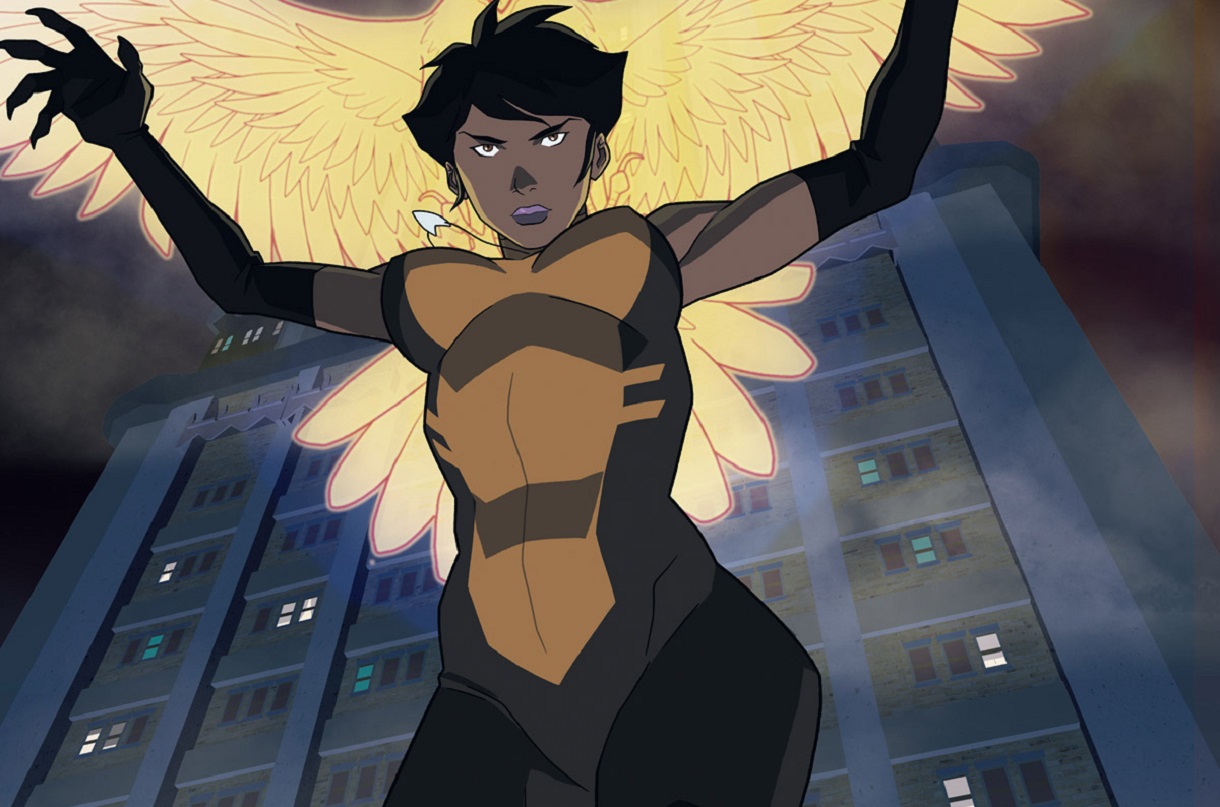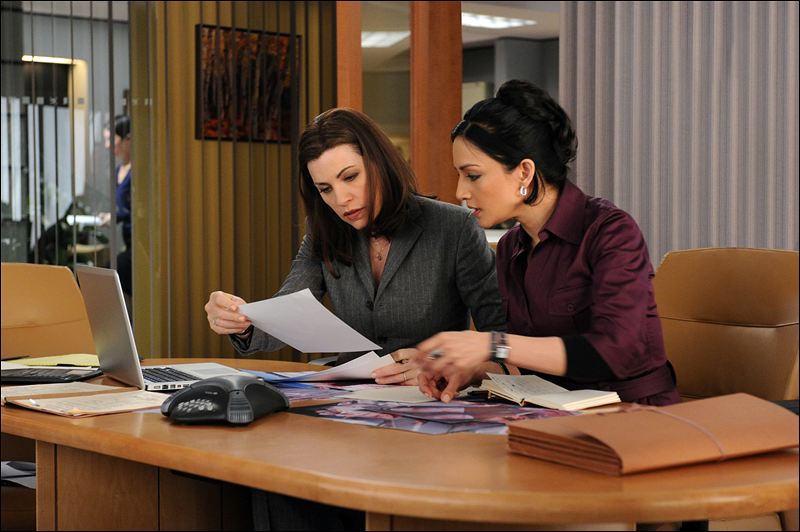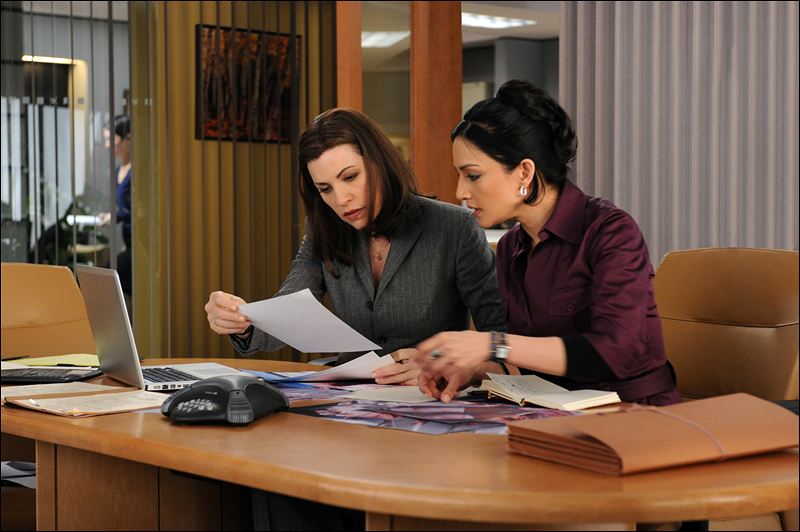This guest post written by Tara Betts appears as part of our theme week on Superheroines.
The web series Vixen, which will air a second season, started airing on CW Seed in August 2015, which led to a live-action appearance on the TV series Arrow. Vixen is the superhero alter-ego of Mari Jiwe McCabe (voiced by Megalyn Echikunwoke), whose powers involve taking on the abilities of animals. Unfortunately, Vixen is often cast as a hero collaborating with other superheroes and this rendering of Vixen is no exception. In some ways, she follows the tropes of previous superheroes. Comic book fans have definitely seen her as part of such animated and comic book coalitions as Suicide Squad, Checkmate, and Justice League Task Force. Mari is from a fictional African village called Zambesi, much like Black Panther’s home of Wakanda or Storm of the X-Men. Vixen is also bound to archetypes and folklore of African mythology with references to Vodun, Yoruba mythology, and Anansi the Trickster, a spider often evoked in storytelling who passes the Tantu Totem on to Mari’s people. Mari uses the power of the Tantu Totem to become the superhero Vixen.
Mari Jiwe McCabe/Vixen was created by Gerry Conway and Bob Oksner. Although many sources insist she appeared in Action Comics #521, she originally appeared in Cancelled Comic Cavalcade #2, and was supposed to have her own series in 1978. Vixen eventually got a brief 5-issue comic series Vixen: The Return of the Lion written by G. Willow Wilson and drawn by Cafu, who also worked on Black Panther between December 2008-April 2009. Since then, Vixen has appeared in a host of different animated series, including Cartoon Network’s Justice League Unlimited, the Batman: The Brave and the Bold episode “Gorillas in Our Midst,” and an episode of Teen Titans Go! Vamp, a variation on Vixen, appeared in Justice League: Crisis on Two Earths.
In CW Seed’s rendition of Vixen, Mari’s older sister, Kuasa (voiced by Anika Noni Rose), attempts to assume the power of the totem by killing her with a spider bite in the village of Zambesi. This idea of protecting and maintaining the heritage of the village also appears in the comic book, and is stated by Mari when she returns to Detroit to get closer to her past and her identity with her foster father. In the first episode, The Arrow and The Flash pursue her and she evades them. The potential alliance between the three heroes is considered from the beginning, as well as Professor Macalester.
One telling moment occurs when Arrow names her “Vixen” as part of her sexiness, beauty, and athleticism, which becomes mildly problematic. Oliver/Arrow calls her “Vixen,” and Barry/Flash immediately wonders if he is referencing a smaller or medium female fox, but Oliver says, “No, she IS a fox. Look at her!” In that moment, he is talking more about her sexuality and beauty, rather than the powers she assumes as the show progresses. Although Oliver/Arrow does begin to gradually express awe for her abilities, the comment may make some women think of video vixens in hip hop videos, like bestselling author Karrine Steffans, Melyssa Ford, Buffie Carruth, Darlene Ortiz, and many, many other women. These women are feminine, curvy, and fashionable, much like our shapeshifting superhero Vixen. The sexual connotations of the cat forms she assumes, like the lion or cheetah, are emphasized less and placed on par with the forms of the eagle, elephant, rhino, and other supernatural giant beings that assist Vixen in battle. Yet Mari’s vocational choices (a model in most plotlines, and a budding fashion designer in the CW Seed series) point to the parallels with the aforementioned sultry vixens, who are often seen as silent, powerless, and sexually available by the hampering efforts of respectability politics.
However, Mari is consistently compelled to learn her history, protect her village, and find her strength, whether she is confident in her power, recurs frequently in these storylines, and she is often encouraged by male peers and protectors. In the comics, she meets Brother Tabo, an elder outside Zambesi who guards the shrine to Saint Amica. Vixen is startled to see that animals of all species, predators and prey, peacefully gather at the shrine. This plot alludes to how Saint Amica (Latin for “friend” or a “female friend”) practiced her faith by syncretizing a Christian god with other gods, which is another parallel with Vixen’s ability to call on the strengths of various animals. However, Brother Tabo is one of many men who assists Vixen in her adventures. Superman is affectionate with her and comes to her aid with the Justice League, even though she has to save him. In this new series, Mari’s stepfather bails her out of jail and then treats her tenderly as she confides in him about her frustrations with work and learning more about her own identity.
In January 2016, Laura Prudom at Variety noted that “Vixen is the first female superhero of color to headline her own show, albeit in animated form…” Representation and the need for diversity and inclusivity is a pivotal issue in media. This question of representation plays itself out in comic book conventions across the country, not to mention on social media. Even Ororo Munroe/Storm of the X-Men has yet to receive a headline in a movie of her own in spite of widespread recognition and popularity. While the argument may be that Vixen, Storm, and other women of color cannot hold their own in terms of maintaining an audience, the reality is that an audience cannot be built if the stories are never offered, developed, produced, and inevitably challenging some of the stereotypes and representations of women and Black people as these characters do (actually and potentially).
The social and political issues in Vixen have only begun to be addressed. In Vixen: The Return of the Lion, readers can see how the villain Aku Kwesi colludes with the external colonizing forces to attempt to make Zambesi a central point of control on the African continent. The CW Seed series centers on how Mari considers post-industrial Detroit as her village and home that requires her protection. So, what does that mean to protect your people, even if she is often in situations saving people she does not know? As an adopted daughter on the CW Seed show, there is room to broach the impact of defining oneself in a family structured through interracial adoption. Although Vixen’s animalistic appearance has been discussed in books like The Blacker The Ink: Constructions of Black Identity in Comics & Sequential Art and Deborah Elizabeth Whaley’s Black Women in Sequence, there is more to be said about how essentializing African identities around myth, folklore, the continent, and animals can impose limits on how Black people, particularly Black women, can be written, and how those Black characters are experienced in a more accessible, mainstream outlet. In other words, even Black superhero characters, carry the burden of limitations if the racial stereotypes outweigh the plot and character development. In this case, Vixen has room for more episodes, a potential live-action series, and delving deeper into a host of issues on identity, power, and defining home.
See also at Bitch Flicks: Superheroines of Color and Empowerment in Fantasy on TV
Tara Betts is the author of two full-length poetry collections Break the Habit and Arc & Hue. She is also the author of the chapbooks 7 x 7: kwansabas (Backbone Press, 2015), the upcoming Never Been Lois Lane (dancing girl press, 2016), and the libretto THE GREATEST!: An Homage to Muhammad Ali (Argus House/Winged City Press, 2013). Tara’s writing has appeared in FreezeRay Poetry, Drawn to Marvel: Poems from the Comic Books, Near Kin: A Collection of Words and Art Inspired by Octavia Estelle Butler, Octavia’s Brood: Science Fiction Stories from Social Justice Movements, and PAC’N HEAT, an anthology of poems about Ms. Pac-Man. You can find out more about her work at her website. You can follow her on Twitter @tarabetts.















